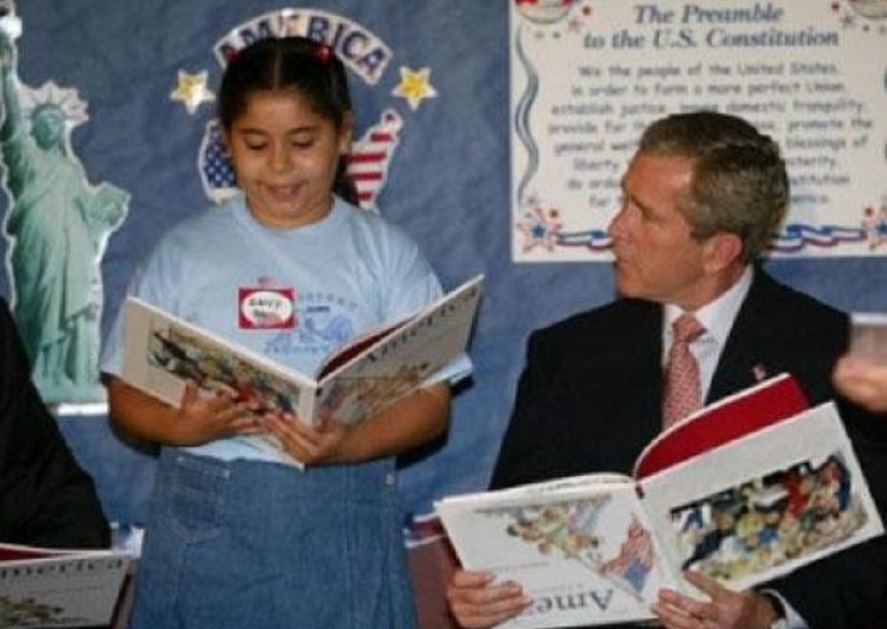Meladi Brewer
meladibrewer99@gmail.com
Humans are visual beings. We are designed to rely on our eyes and seeing is believing.
Photographs help stimulate the visual cortexes of our minds. They allow consumers to see what reporters are saying with words and help them believe the story.
Photo manipulations provide challenges and make it hard for consumers to believe what they see as credibility begins to be questioned. The issue does not lie within the intentional, open photo manipulations, but with the idea that consumers tend to focus on certain aspects within an image.
Ruben Salvadori gave a TedX Talk titled Photos don't lie. Or do they? where he opens the viewer's mind to how and why photo manipulation happens. He talks about the emotional and visual stimulation humans get while looking as specific images.
Visuals speak and "seeing is believing," so photographs can be edited and manipulated to tell the story reporters want to be told. Simply zooming in or out of a single image could have a greater impact on the story.
However, an intentional staging of photographs leads consumers to question credibility. Even if writers are open and honest about the efforts put into a photograph, there are enough staged images that stories are being seen as fake news.
These efforts and retaliations raise questions about staging and if it is worth the risk of losing consumers' trust in regards to credibility. It also makes reporters think about the pros and cons and which outweighs the other.
Consumers tend to call out photo editors when images are able to be debunked. Society keeps the news accountable and honest.
An example of photo manipulation is the infamous Newsweek and Times photo showdown during the O.J. Simpson trials in 1994. Both magazines used the same photograph with different edits to manipulate the perception of Simpson.
The Times magazine cover depicted Simpson's face as dark, gruff, and blurry. The magazine editor later admitted they "wanted to make it more artful, more compelling" (Murano, 3).
Photo manipulations as small as color distorting can impact the depiction of an image greatly. However, mutilated images stay around for years after they are created.
 |
| Pulled from Google Images |
Today, members of society and schoolmates still bring up the infamous photo in order to poke fun at President Bush's character. The edited and staged images created intentionally or unintentionally have a vivid impact on society and should not be taken lightly.
A simple zoom in or out can prove detrimental to a story. However, staged photo manipulations provide the groundwork for distrust within the media.
No comments:
Post a Comment